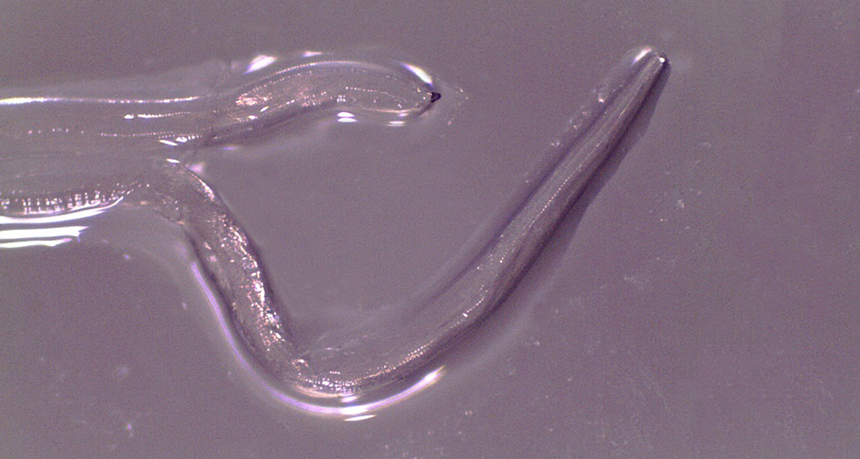cattle Also known as bovines (because they’re members of the subfamily known as Bovinae), these are breeds of livestock raised as a source of milk and meat. Although the adult females are known as cows and the males as bulls, many people refer to them all, generally, as cows.
Centers for Disease Control and Prevention (CDC) An agency of the U.S. Department of Health and Human Services. CDC is charged with protecting public health and safety by working to control and prevent disease, injury and disabilities. It does this by investigating disease outbreaks, tracking exposures by Americans to infections and toxic chemicals, and regularly surveying diet and other habits among a representative cross-section of all Americans.
host (in biology and medicine) The organism (or environment) in which some other thing resides. Humans may be a temporary host for food-poisoning germs or other infective agents.
hygiene Behaviors and practices that help to maintain health.
infect To spread a disease from one organism to another. This usually involves introducing some sort of disease-causing germ or parasite to an individual.
journal (in science) A publication in which scientists share their research findings with experts (and sometimes even the public). Some journals publish papers from all fields of science, technology, engineering and math, while others are specific to a single subject.
larva (plural: larvae) An immature life stage of an insect, which often has a distinctly different form as an adult. (Sometimes used to describe such a stage in the development of fish, frogs and other animals.)
nematode A type of roundworm, usually found in soil, that also can live within other creatures as a parasite. It is usually quite small, with no eyes, ears or nose. However, the occasional species can grow up to a meter long.
parasite An organism that gets benefits from another species, called a host, but doesn’t provide that host any benefits. Classic examples of parasites include ticks, fleas and tapeworms.
parasitology A branch of biology that focuses on parasites and their hosts. Scientists who work in this field are known as parasitologists.
secretion A liquid substance — perhaps a hormone, an oil or saliva — released by the body, often by an organ, such as the eye, pancreas or skin.
species A group of similar organisms capable of producing offspring that can survive and reproduce.

